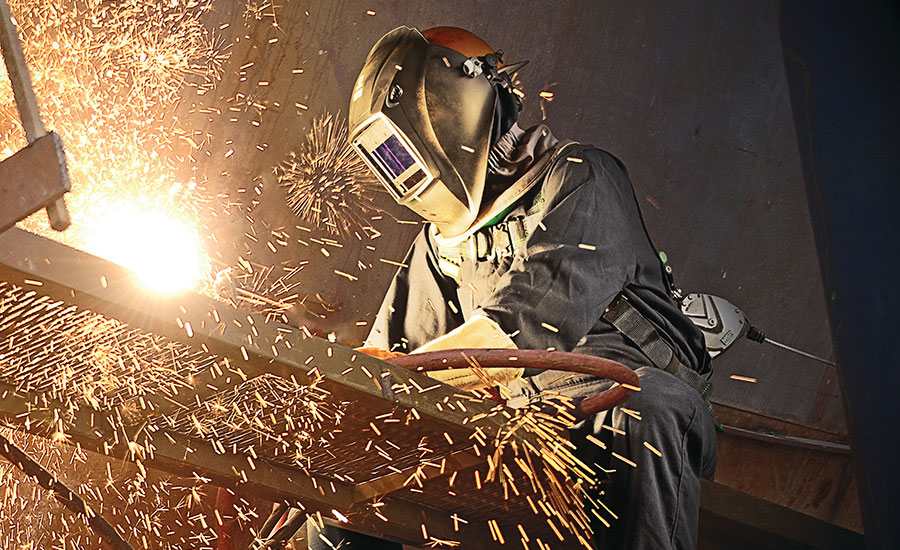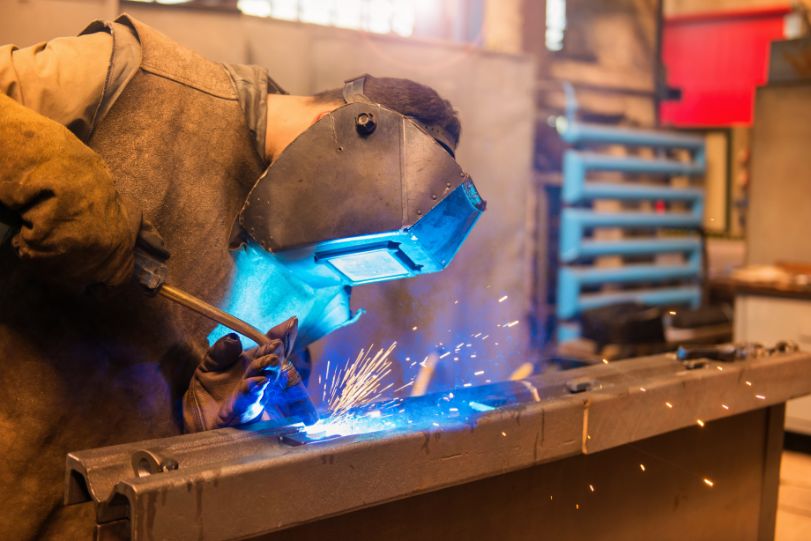The Relevance of Welding WPS: Guaranteeing High Quality and Security in Your Jobs
The Relevance of Welding WPS: Guaranteeing High Quality and Security in Your Jobs
Blog Article
The Ultimate Guide to Welding WPS Procedures: A Detailed Overview for Welders
In the intricate world of welding, Welding Treatment Specs (WPS) work as the backbone of guaranteeing high quality, consistency, and safety in welding procedures. Understanding the nuances of developing, applying, and keeping track of WPS treatments is important for welders seeking to boost their craft and fulfill sector criteria. As we explore the various elements of a WPS and explore the complexities of credentials and certification, we will uncover the essential function these procedures play in the realm of welding. Let's start a trip to untangle the intricacies and relevance of WPS treatments in welding methods.
Value of WPS Procedures
Recognizing the relevance of Welding Procedure Specs (WPS) treatments is crucial for ensuring the high quality and integrity of welded frameworks. WPS treatments act as a roadmap for welders, detailing the essential actions, parameters, and materials required to accomplish a sound weld. By adhering to WPS guidelines, welders can make certain consistency in their work, resulting in structurally sound and reputable welds.
One of the primary factors why WPS procedures are essential is their function in maintaining weld high quality and stability. Complying with the defined welding specifications and techniques laid out in the WPS helps stop flaws such as porosity, fracturing, or incomplete blend, which can compromise the stamina and toughness of the weld.

Parts of a WPS
A Welding Treatment Spec (WPS) commonly makes up important parts that detail the particular needs for executing a weld, making sure uniformity and top quality in the welding procedure. The vital elements of a WPS include necessary variables such as base metals, filler metals, interpass and preheat temperatures, welding procedures, securing gases, welding settings, and post-weld warmth treatment needs.
Base steels refer to the materials being signed up with, while filler steels are utilized to fill up the void in between the base metals throughout welding. Preheat and interpass temperature levels are essential for controlling the warmth input and avoiding issues like splitting or distortion. The welding process details the particular method to be made use of, whether it's gas steel arc welding (GMAW), shielded steel arc welding (SMAW), or one more method. Shielding gases shield the weld pool from climatic contamination. Welding settings define the alignments in which welding can be executed. Post-weld heat treatment might be required to ease anxieties and improve the weld's residential properties. A complete understanding of these elements is vital for developing a detailed and efficient WPS.

Qualification and Certification
Having actually established the crucial elements of a Welding Procedure Requirements (WPS), the emphasis currently shifts in the direction of the critical elements of qualification and certification in welding practices.

Certification, on the various other hand, is the formal recognition of a welder's credentials by an appropriate qualification body or organization. Welding certifications are generally based on the particular welding procedures, materials, and settings a welder is certified to deal with. Holding a valid welding certification shows that a welder satisfies sector criteria and is competent to do welding jobs to the called for specs.
Producing a WPS
To establish a Welding Treatment Specification (WPS) that meets sector requirements, cautious factor to consider of welding procedures, materials, and operational specifications is necessary (welding WPS). The primary step in creating a WPS is to determine the welding process to be utilized, such as gas steel arc welding (GMAW) or secured steel arc welding (SMAW) Once the welding procedure is established, the next crucial facet is selecting the appropriate materials, considering elements like base metal kind, thickness, and joint style. Operational criteria such as welding current, voltage, traveling rate, and shielding gas make-up must also be carefully defined in the WPS.

Executing and Keeping Track Of WPS
Upon completing the detailed Welding Treatment Specification (WPS) that thoroughly information welding processes, products, about his functional specifications, and high quality assurance steps, the emphasis moves to successfully implementing and keeping track of the established procedures. Implementation includes ensuring that all welders entailed in the job are familiar with the WPS and follow it thoroughly during the welding process. Reliable implementation and monitoring of the WPS are crucial for making certain the integrity, toughness, and security of the bonded joints, inevitably contributing to the overall success of the welding project.
Final Thought
In conclusion, understanding and following Welding Treatment Specs (WPS) is vital for welders to ensure quality, consistency, and security in their job. By read what he said understanding the elements of a WPS, getting appropriate qualifications and qualifications, creating detailed treatments, and executing and checking them successfully, welders can improve their abilities and efficiency in welding techniques. Sticking to WPS procedures is necessary for generating top quality welds and meeting industry criteria.
In the detailed globe of welding, Welding Treatment Requirements (WPS) serve as the foundation of guaranteeing high quality, uniformity, and safety in welding operations. The welding procedure describes the specific method to be used, whether it's gas steel arc welding (GMAW), secured steel arc welding (SMAW), or an additional method.To develop a Welding Procedure Specification (WPS) that meets industry standards, mindful factor to consider of welding processes, materials, and operational criteria is necessary. The initial step in creating a WPS is to recognize the welding procedure to be utilized, such as gas metal arc welding (GMAW) or shielded steel arc welding (SMAW)Upon wrapping up the detailed Welding Treatment Spec (WPS) that carefully details welding procedures, materials, operational criteria, and quality assurance actions, the emphasis moves to efficiently executing and keeping track of the established treatments.
Report this page